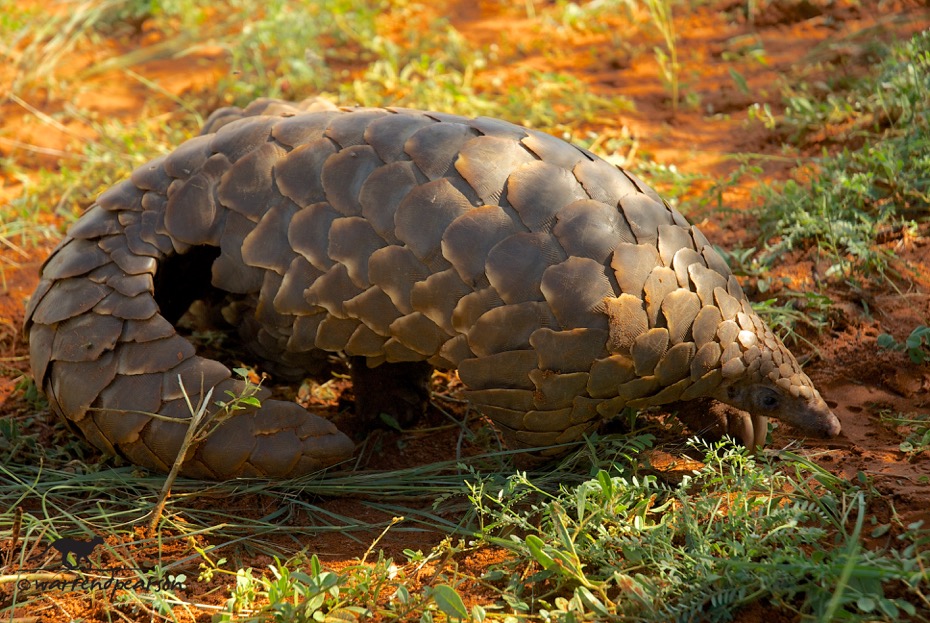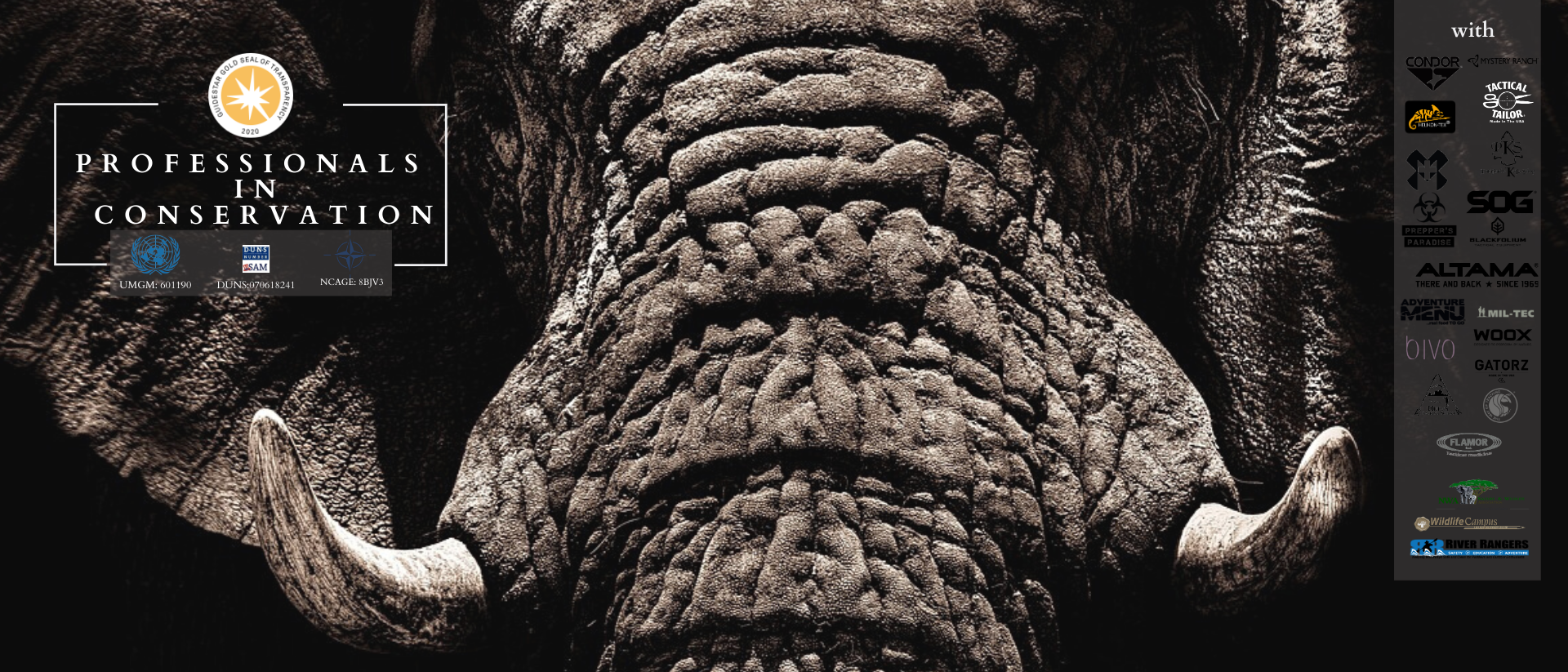(Smutsia temminckii)
It is one of the four species of Pangolins that can be found in Africa. But it is the only one that prefers savannas and woodlands.
They can reach up to 90 centimetres in length and weigh up to 27 kilograms. Up to the 20% of their body weight is made up of the overlapping protective scales that cover them.
They can be found in Southern and Easter Africa. The other species of African pangolin are found in other areas.
Pangolings are the classic example given when talking about animal trafficking. They are actually the most trafficked animals in the planet, followed closely by elephants. This applies to all the different species, spread along Africa and Asia. This illegal trafficking has a strong impact on their populations, as several part of their bodies are sold in Asia. Their scales are sold and other parts are used to produce traditional medicines in Asia. heir meat is considered as a delicacy in China and Vietnam. Their blood is considered as a healing tonic and the fetuses are considered as aphrodisiac. Estimations talk about around 10,000 pangolins trafficked every year, but some studies reveal up to 250,000. This species are less known than many other threatened animals, so they are more difficult to protect as they do not get public attention.
But their meat, scales and bodies are not the only reason why pangolins are highly persecuted.
During the 2019-20 coronavirus pandemic, nucleic acid studies carried out in pangolins revealed that up to the 99% of this animals carried the Covid-19 in their bodies. Even though bats are considered to be the first hosts, pangolins are thought to be the animals that transmitted the virus to humans originally, due to the Chinese trade. Ecologists are worried about the fact that this could be applying even more pressure on their populations as nor pangolins are also hunted as a way to protect humans from Covid-19 infections (Reported by Andy Martin, Conservation Rangers Operations Worlwide Director).
Ground pangolins are also facing habitat loss. They are listed as “Vulnerable” by the IUCN, and there is an estimation of reduction of around the 40% of their populations in a 27-year period.

Published by Juan Alferez, Conservation Rangers Operations Worldwide Biologist and Collaborator.

